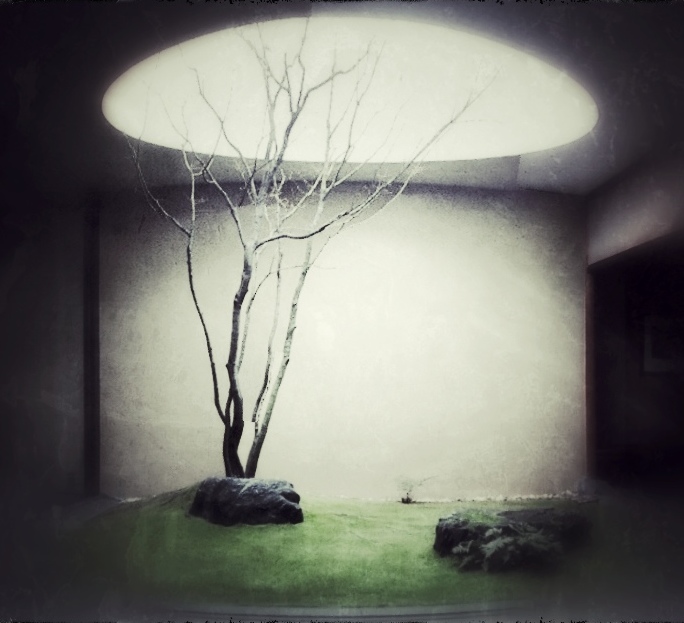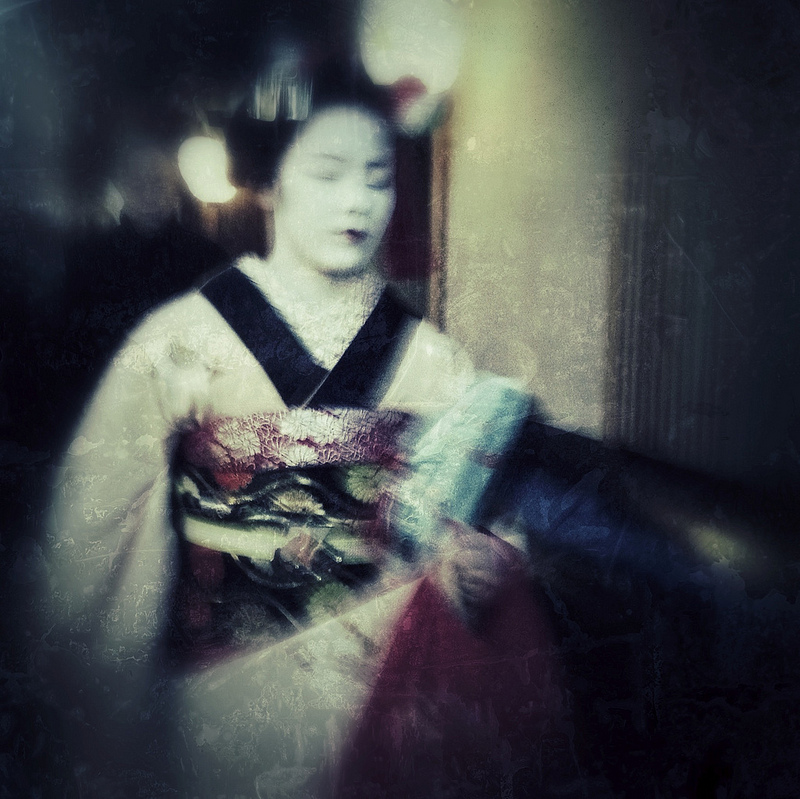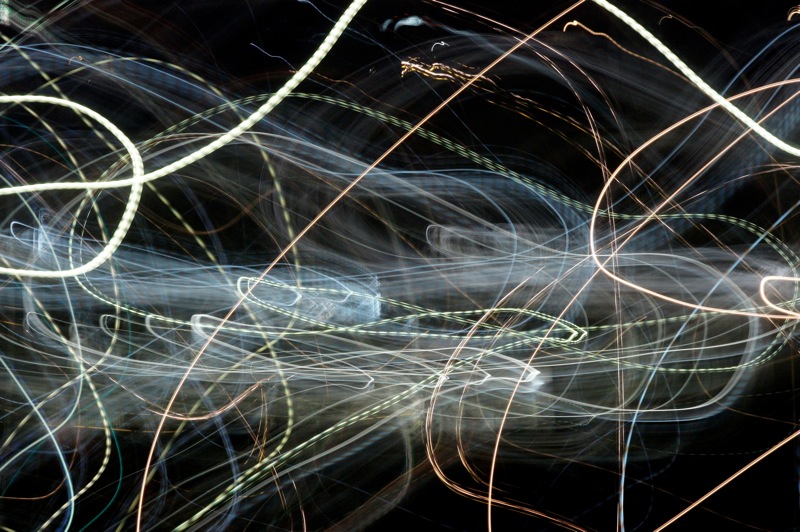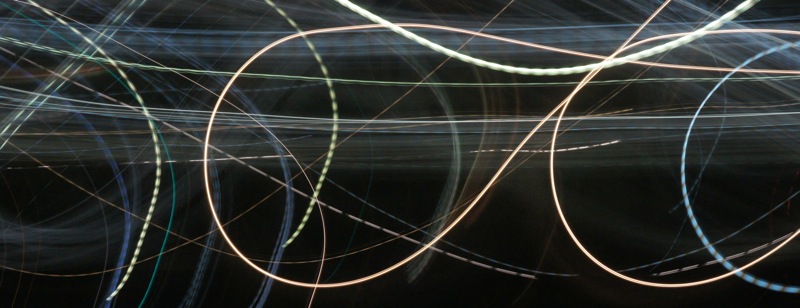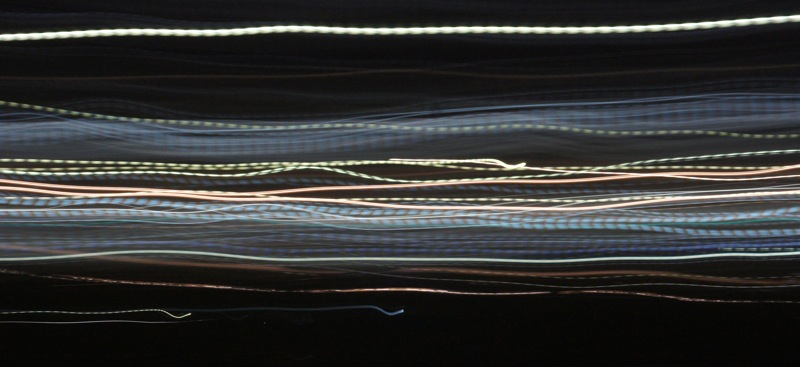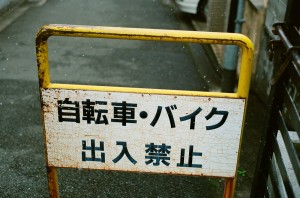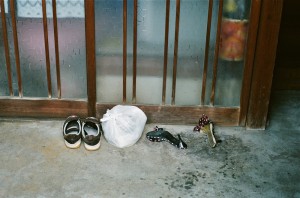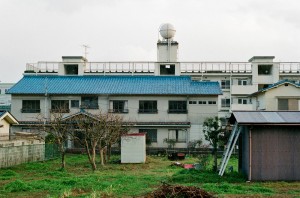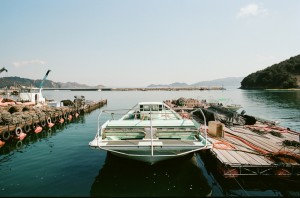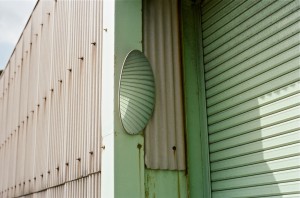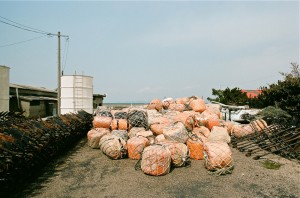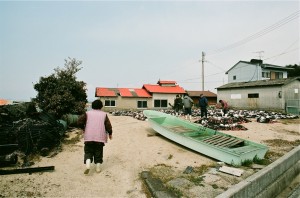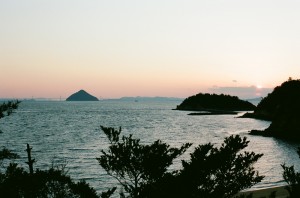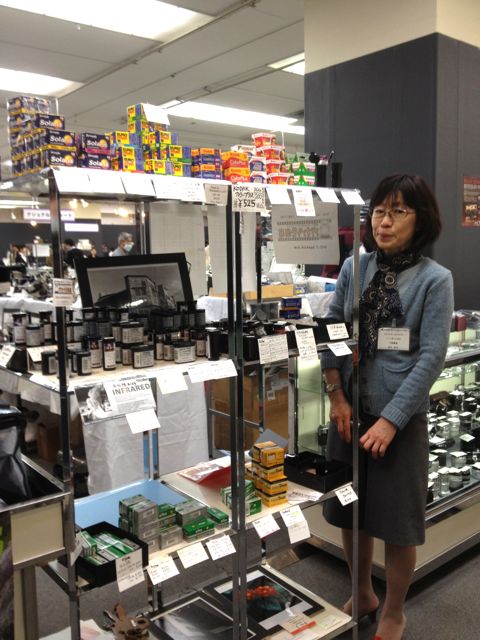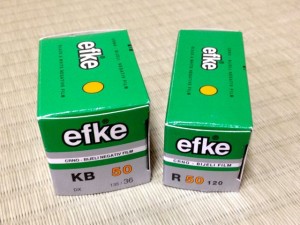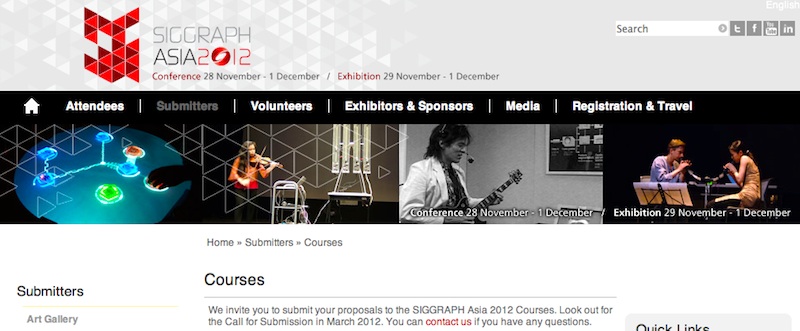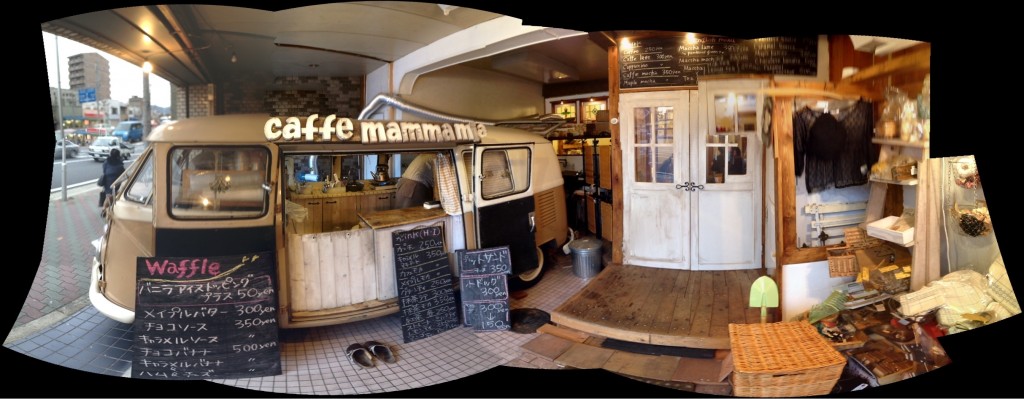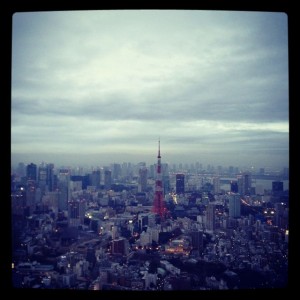
I’m visiting Tokyo for a couple of days to work on an article with a colleague. I’ll also have some time for museum and art gallery visits. First stop: Mori Art Museum in the Roppongi Hills complex, where I caught two shows today, including a major solo exhibition by one of East Asia’s leading contemporary artists, Lee Bul. The show is billed as the “First large scale solo exhibition by Asia’s leading female artist.” I’m not sure whether or not Lee Bul is Asia’s leading female artist. Her artfacts.net ranking is dropping. But her work certainly has great intellectual depth and originality. I may post something separately about the show.
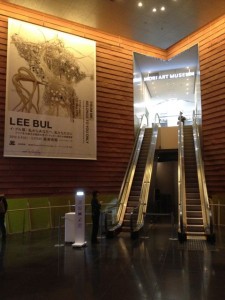
Picture-taking was not allowed inside the Lee Bul show. Here are a few shots taken afterwards.
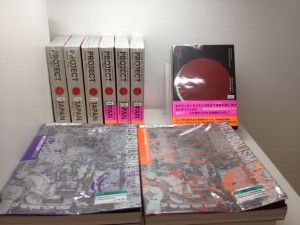
Spotted in the Mori Art Museum bookshop: Japanese and English catalogues for the recent exhibition on the Metabolist architectural movement, and Rem Koolhaas‘ recent book on the subject. More about this in another future post.
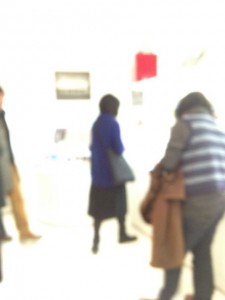
There are some stylishly dressed people in the Mori Arts Museum. I liked this lady’s blue and black colour scheme, to which the photo does no justice.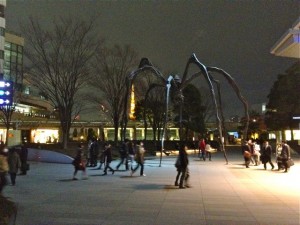
The plaza outside the Mori Tower has a cosmopolitan atmosphere that recalls parts of Montreal. This Louise Bourgeois spider sculpture contributes to the feeling.
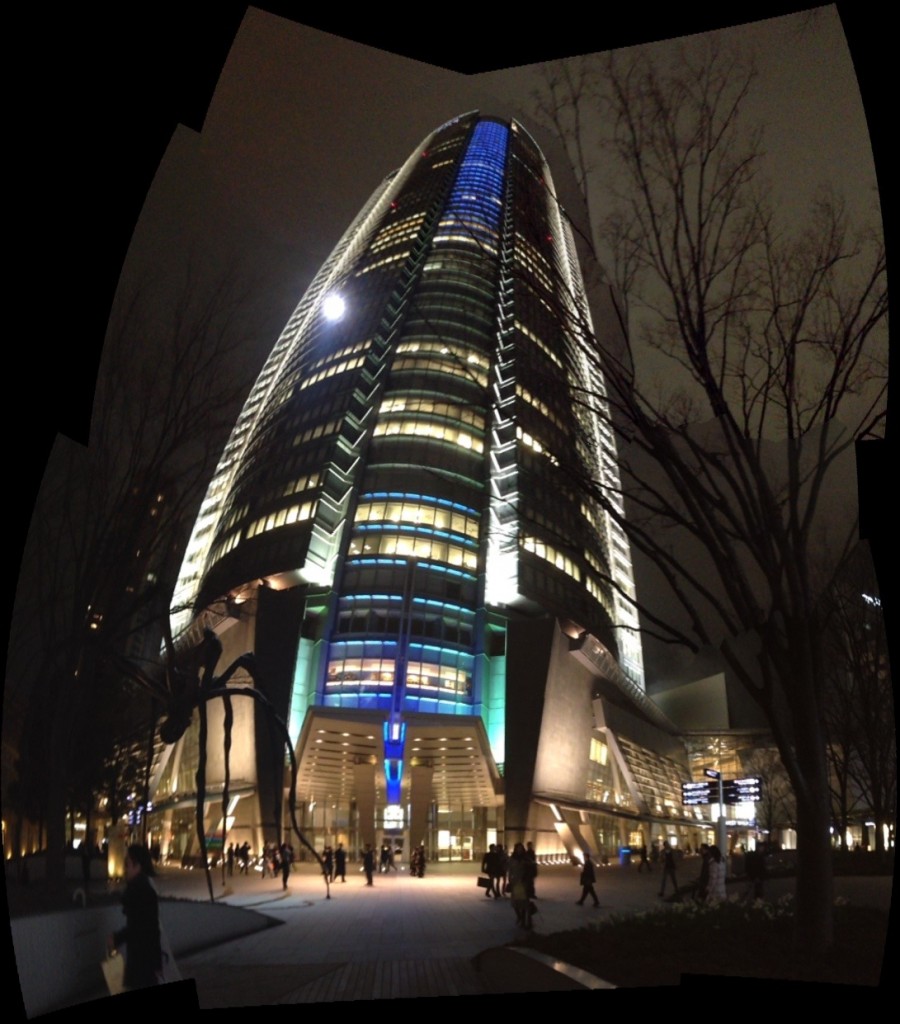
Both Google and Baidu have offices in the Mori Tower, as do Goldman-Sachs and Barclays. Rent must be high and things seem expensive here.
Witnessed earlier in Yuraku-cho on the way to Roppongi from Tokyo station:
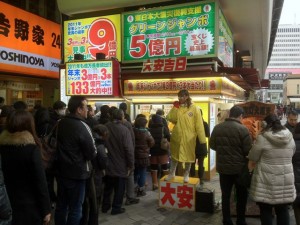
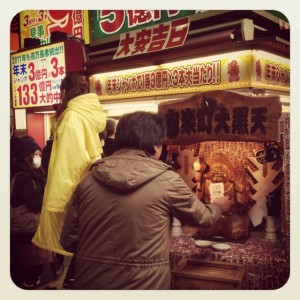
After seeing prices in Roppongi Hills complex, it is much easier to understand why everyone is desperate to win the lottery.
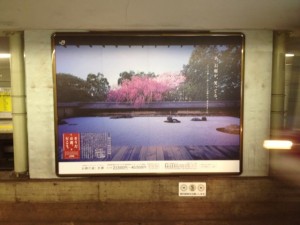
Inside Roppongi station, on the Hibiya line. Wherever we go, we’re soon reminded of home.



